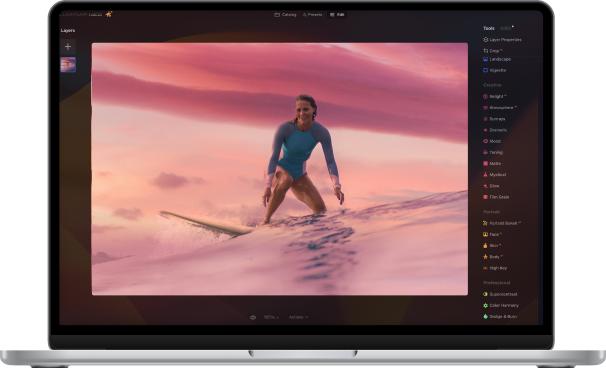How to Restore a Photo by Yourself
April 21
7 min. to read
Contrary to the belief of some people that photography is all about picking up an expensive camera and pushing a button, there is a lot that goes into making a photograph the best version of itself. The camera model, lens type, image quality, lighting, and timing are all important, but photographers also spend a long time actually processing the images their cameras take further.
This kind of workflow allows them to be fully in control of their images after they have captured a moment. RAW image files give them the freedom to restore even those photos that look unusable on the camera screen. If you are also getting into RAW photography and would like to learn how to do photo restoration on your computer, read on to get some of the most useful tips to get you started.
Get your Exposure in Check
If you see that your photo is too bright or too dark, you can fix this with your RAW editor quite easily. Simply increase the exposure or brightness settings to make the image brighter, or lower them down to decrease the overall light. The best part about RAW images is that every change you make to the settings is non-destructive, so you can be sure that your photo’s output quality won’t be compromised.
Save the Highlights and Shadows
In tricky lighting situations where the image has both brightly lit portions and dark ones, not all camera sensors do very well. Many shots come out with overexposed parts or heavily crushed shadows. You can use RAW converter to pull back some of the detail from these parts of your images. This can make a huge difference to how your images look.
Make sure they ‘Look’ Real
Many photos end up looking artificial. In order to ensure that your images look closer to reality, make sure the White Balance is adjusted. Images should not be oversaturated either, so make sure you color correct your photos using the various sliders in your RAW editor.
Reduce Some Noise
Noise can be a real pain for photographers if their hardware is not good enough to shoot in very low light situations. Luckily, noise can be reduced in multiple ways. You can adjust your images’ color noise, luminance noise, and even use preset noise reduction settings to get the best possible result from your file. Do note that reducing noise a little too much will result in the loss of fine detail, so ensure that you carefully examine your photos while doing this.
Crop in a Little
Sometimes a photo might look a little off for no other reason than the fact that its composition can be made better. Don’t be afraid to crop into your photos little to test what looks good. Modern cameras these days, including phone cameras, pack in a good enough amount of megapixels to let your reframe your shots after taking them in an image editor.
Give In To Creativity
If you feel like your photo cannot be restored no matter what you do with it, maybe you could go a different route and make something new out of it. If there is too much noise, why not add even more to get a rustic, film grain effect? You could also crush the shadows more than they are, or overexpose the images more than they are, to get a stark contrast in your photos, turning them into abstract images. If, for some reason, the temperature cannot be restored, you could use some nice filters that simulate vintage films to give your images a whole new look.
The first thing you should do if you are serious about the photos you take is to make your camera shoot in RAW, or at least have it save a copy of your images in RAW. This will go a great way in helping you get better photos, because you will be able to adjust your files later on.
If you take a photo and it doesn’t end up looking right, using these tips can help you restore them all by yourself. Digital imaging technology has come a long way, and it would do you well to master all aspects of it. Image editing and processing is a very important part of digital photography, and can help you restore images that look unusable at first to a great extent.





